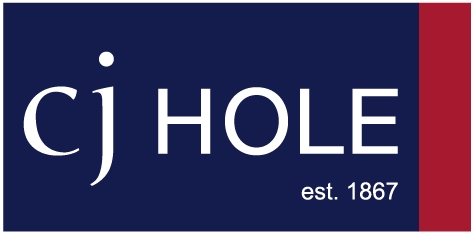Tracker mortgages are just one type of mortgage available to you when you buy a property.
Trackers can be complicated, though, and there are a number of pros and cons you should consider before committing to one.
In this guide, we explain everything you need to know about tracker mortgages.
What is meant by a ‘tracker mortgage’?
Tracker mortgages ‘track’ the Bank of England’s base interest rate and the interest rate you pay is relative to that base rate.
Most trackers are offered at the base rate plus a percentage – for example the base rate plus 1%.
This means if the base rate is 3%, your initial interest rate would be 4%.
Trackers are variable rate mortgages
This means your tracker rate can go up or down depending on the base rate – meaning your monthly repayments can go up or down.
For example, a +1% tracker with a base rate of 3% would mean you pay an introductory rate of 4% on your mortgage.
However, if the base rate were to rise by 0.25%, your interest rate would rise by the same amount, meaning you’d pay 4.25%.
If the base rate were to fall by 0.25%, your rate would also follow, coming down to 3.75%.
Other variable rate mortgages
Other variable rate mortgages, where interest rates and monthly payments can go up or down, include:
- Standard Variable Rate (SVR) mortgages – the rate of interest you pay is equal to your lender’s own standard rate
- Discounted rate mortgages – the rate of interest you pay is discounted from your lender’s standard rate
Rate collars and caps on tracker mortgages
Some tracker mortgages may come with a rate ‘collar’ or ‘cap’.
Rate collars
If a tracker mortgage comes with a collar or ‘floor’, this is the minimum interest rate you’ll pay – even if the Bank base rate falls dramatically.
For example, if your tracker has a 1.5% collar, you will always pay at least this interest rate.
If the Bank’s base rate were to fall to 0.25% and your tracker was a +1% deal, you would pay an interest rate of 1.25% without this collar.
Tracker mortgages with collars sometimes offer cheaper introductory rates compared with those without a collar.
However, a tracker with a collar set at your introductory rate essentially means you’ll never benefit from any falls in the Bank’s base rate.
Rate caps
Tracker mortgage caps work in the opposite way to collars and are the maximum amount of interest you’ll pay – even if the Bank rate jumps up dramatically.
For example, if your +1% tracker comes with a rate cap of 4%, you’ll never pay more than this – even if the base rate were to rise above 3%.
Trackers with rate caps are rare and those that do have them generally come with a higher introductory interest rate.
How do trackers compare with fixed rate mortgages?
The biggest difference between a tracker mortgage and a fixed rate is that a tracker’s interest rate can go up or down.
A fixed rate, on the other hand, remains the same regardless of changes to the Bank of England base rate.
Fixed rates, generally:
- Offer more security of having a set interest rate that won’t change
- Make it easier to budget, knowing your mortgage payments will stay the same
- Come with higher early repayment charges (ERCs)
Trackers, however:
- Often come with cheaper introductory rates than fixed rate deals
- Can go up or down depending on the base rate, meaning your payments can rise or fall
- Come with no early repayment charges (ERCs) in many cases
As many as 75% of all mortgaged UK homes are on fixed rate deals – which equates to 75%.
In November 2022, when this piece was written, there were more than 1,400 fixed rate deals available in the UK and 236 variable rates, which included trackers.
What happens to my mortgage when a tracker ends?
Tracker mortgages are generally offered on a two-to-five-year basis.
Once that period of time expires, your lender will usually move your mortgage on to their Standard Variable Rate (SVR).
A lender’s SVR will often be higher than the tracker rate you will have been previously paying, meaning your repayments could go up.
However, a lender’s SVR won’t usually come with any early repayment charges (ERCs), meaning you may be able to remortgage on to a better deal with no penalty.
Is a tracker mortgage a good idea?
While tracker mortgages can mean your repayments go up or down, they generally offer more flexibility than fixed rates because of smaller or no early repayment charges (ERCs).
This means you may be able to switch deals or move home with no penalties, as well as overpay your mortgage if you wish.
However, because trackers are tied to the Bank of England’s base rate, you’ll have no control over your payments increasing nor will you have the security of knowing what those payments will be for a set period of time.
Whether a tracker is a good idea will depend wholly on your personal circumstances and whether you prefer to have more flexibility or security.





